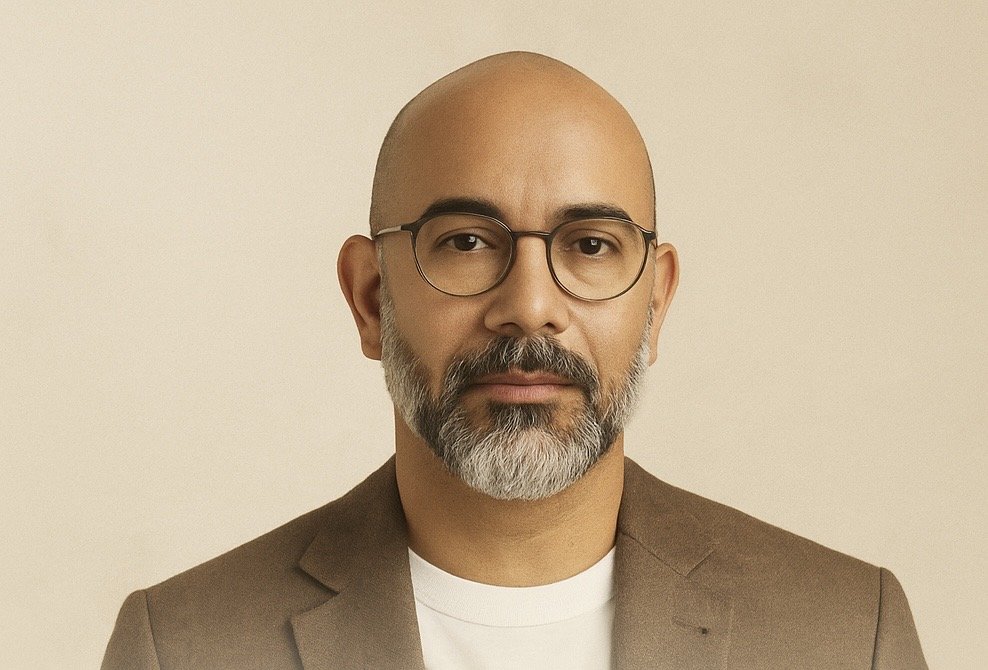Seeing Isn’t Believing: Deepfakes and the Death of Truth
- Dr. Wil Rodriguez

- Jul 5
- 4 min read
By Dr. Wil Rodríguez

Welcome to the Post-Truth Era
There was a time when a photo was proof. A voice recording? Undeniable. A video? The gold standard of evidence.
Not anymore.
We’ve stepped into an age where technology can fabricate every sensory cue we once trusted. Faces can be borrowed. Voices replicated. Movements imitated with surgical precision. This isn’t science fiction—it’s our present reality. Deepfakes have arrived, and they’ve declared war on truth itself.
But here’s the deeper threat: not just that we might be fooled, but that we might stop believing anything at all.
What Are Deepfakes? A Mirror That Lies
Deepfakes are hyper-realistic digital manipulations powered by AI, particularly a machine learning technique called GANs—Generative Adversarial Networks. These tools can create synthetic images, videos, or audio that are virtually indistinguishable from reality.
What began as a technological novelty quickly mutated into something darker. Celebrities have been inserted into pornographic content without consent. Politicians have been made to say things they never uttered. Even ordinary people have found their faces stolen, voices cloned, and identities weaponized.
It’s not just a mirror that lies—it’s a mirror that rewrites your very reflection.
The Emotional Fallout: When You Can’t Trust Your Eyes
There is a quiet kind of panic that comes when you can’t believe what you see. When your brain tells you, “This looks real,” but your soul whispers, “Something’s off.”
Imagine a teenage girl discovering a deepfake pornographic video of herself circulating online. Her face, her voice, her bedroom. Except—none of it happened. Try explaining that to classmates. Or to her parents. Or to her future employer who finds it during a background check.
This isn’t just misinformation. It’s emotional terrorism.
And it’s not just victims who suffer. Society as a whole is being conditioned to doubt everything. To become emotionally numb. To question not only the media, but memory itself.
Truth on Trial: Ethical and Social Consequences
In courtrooms, journalism, and history books, evidence has always been the backbone of accountability. But what happens when evidence can be fabricated with terrifying accuracy?
A fake video of a president declaring war could spark geopolitical chaos. A forged voice recording could destroy reputations or alter elections. A doctored confession might land an innocent person in prison.
If reality is up for grabs, so is morality.
If the truth can be edited, who becomes the editor of our collective story?
Digital Literacy as Self-Defense
We don’t need to be experts in AI to protect ourselves—we need to be awake.
Digital literacy is no longer optional; it is survival. We must question what we consume. Verify before sharing. Ask: “Who benefits from this?” “What do I feel, and why?”
And perhaps even more urgent—we need emotional literacy. The capacity to recognize manipulation not just in facts, but in feelings. To notice when a video provokes outrage too perfectly. When a story seems engineered to divide. When an image feels more seductive than sincere.
Disinformation doesn’t just deceive the mind—it seduces the heart.
A World Without Anchors: What Happens When Everything Is Doubtful?
The greatest casualty of the deepfake era isn’t data—it’s meaning.
When everything can be forged, nothing feels solid. We begin to question everything. We float in a sea of suspicion, with no compass but our own weariness.
But humanity cannot thrive in perpetual doubt. We are storytellers. Meaning-makers. We need shared truth to build anything real—trust, connection, society.
Without it, even love becomes negotiable. Even memory becomes malleable. Even you can be rewritten.
Final Reflection: Reclaiming Truth in a Synthetic World
The antidote to artificial truth isn’t more technology—it’s inner truth.
In a world flooded with filters, your discernment is sacred. Your ability to pause, to question, to feel, becomes your shield.
We must become truth-tellers again—not just by what we say, but by how we live. Truth must return to the body, to the gut, to the place where intuition and integrity meet.
Because while deepfakes may mimic the surface of life, they cannot mimic the soul.
Let’s not just survive the age of deception. Let’s transcend it.
Ready to Go Deeper?
This is just the beginning. If this post resonated with you, imagine what we could explore together in a deeper conversation.
Book a Truth Navigation Session - A personalized 1-hour consultation where we’ll:
Analyze your current digital vulnerabilities
Develop your personal truth-detection toolkit
Create a customized media literacy strategy
Establish practices for emotional resilience in the digital age
Investment: $150 USD
Format: Video call or phone
Includes: Follow-up resources and personalized action plan
Because in a world where truth is under siege, your discernment is your most valuable asset.
Journal Prompts:
When was the last time I shared something without verifying it?
How do I respond when I feel emotionally manipulated by media?
What practices help me reconnect with my truth in a noisy world?
Have I ever doubted something real because of how real the fake looked?
How can I become a source of truth in my own circles?
🎯 Call to Action:
🔍 Start a conversation about truth. Ask your friends: “What do you trust, and why?”
📩 Share a moment when you were deceived online—or when you caught something that others missed.
📢 Use the hashtag #SeeingIsntBelieving and tag @TocsinVoices to share how you’re navigating this digital labyrinth.
🛡️ Create your own truth ritual: A weekly habit of unplugging, reflecting, and reclaiming your clarity in a synthetic world.








Comments